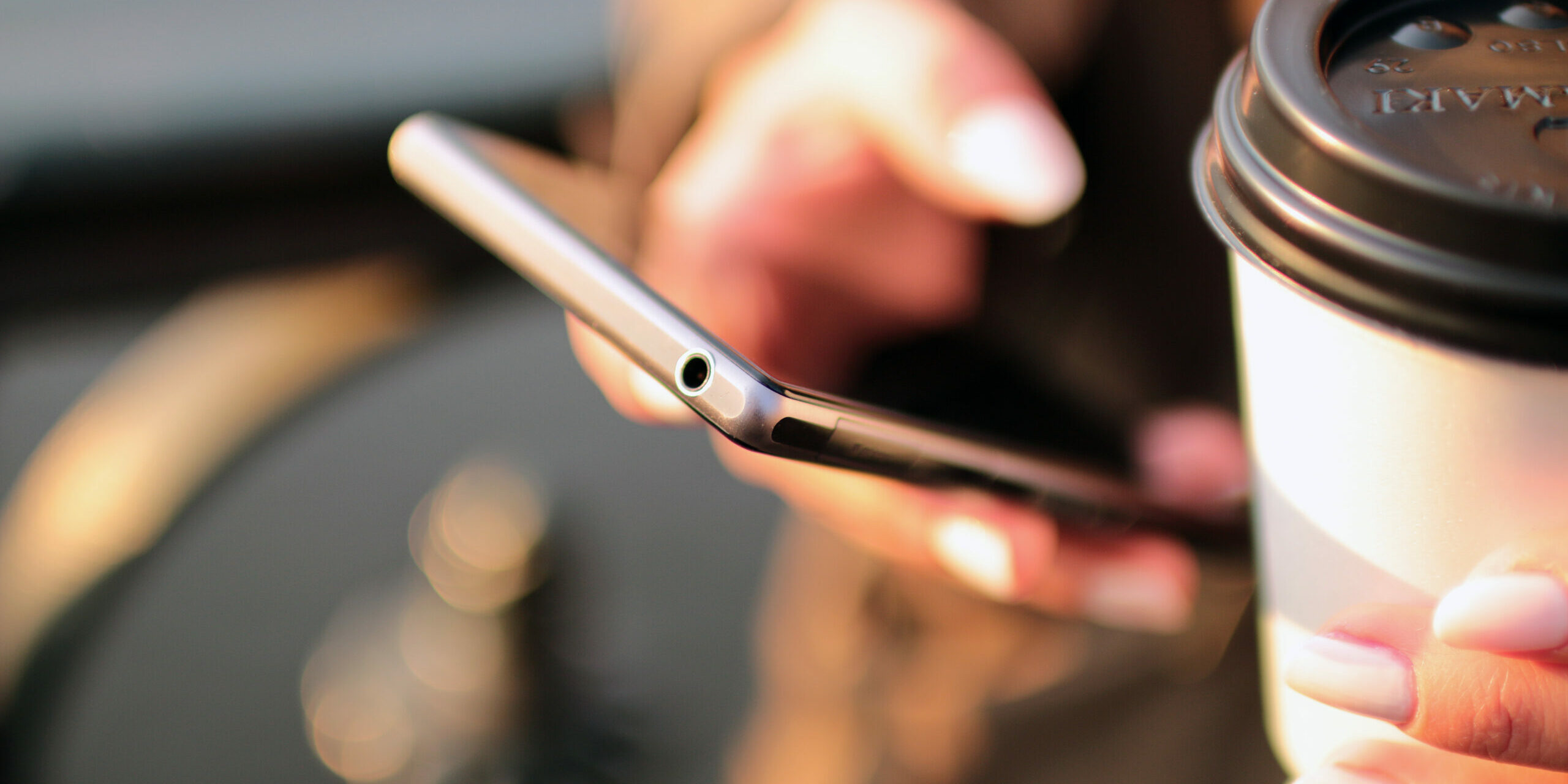With technology that evolves lightening fast, designing for mobile platforms is different than any previous task a designer has had to deal with. It requires skills that you didn’t need when working on regular website design or with general graphic design. It’s important to know how to work with all of the operating systems and be capable of upgrading your skills as devices become more advanced.
Mobile devices are trickier to work with than traditional websites because there are so many different designs. Tablets and smartphones by a variety of companies have a range of screen sizes and pixel counts. Anything you design for mobile has to be responsive and able to adjust to several screen types. Part of your job as a mobile designer is to know how the aesthetic of these devices will affect your layout and design.
You should understand the three major operating systems: Android, iOS and Windows Phone. Within these platforms are more specific versions. According to Mashable, iOS has interface patterns, guidelines and external outputs that differ depending on the device you’re using. Android also has an assortment of options for specifics based on what company makes the device, if carriers have followed through with upgrades and the processing capabilities of each. Even if the design you create doesn’t have to change appearances from one platform to the other, there is still a different user experience associated with the operating systems. Don’t limit yourself to designing for the same platform constantly. It’s best to become at least fluent in all of them, if not proficient.
Seek out new knowledge for web design careers
Part of being a top-notch mobile designer is grasping the technology behind a device. Research how previous designers have made it happen and learn the basics of coding to give yourself an edge. Stay up on current technologies and new features as they come out so you are ready to design for it as soon as you’re asked to. It’s important to know how graphics will affect a device, such as its impact on battery life or data usage. Mashable said visual effects or animation that use a lot of graphic processing and JavaScript Web pages will kill phone batteries quickly. Also, an older device may not be able to handle running a new app.
There are other design features to consider, like transitions as opposed to screens. Transitional pages create a more interactive experience that show users how the app is structured. When you’re working on this more innovative design, annotate your mockups and use animation to demonstrate how it will function.
You should look at real apps for ideas when you’re getting started. However, it’s more important to have an effective interface for branding purposes than it is to revolutionize the app market with a killer design. Make a well-designed and functional product prior to adding artsy flair to the page. Know your own skills and capabilities before you take on a complicated aesthetic. That includes being aware of the amount of time you take to complete a project.
“If we don’t clearly understand the cost of the design decisions we make, we are basically putting the burden on the developers and creating an opportunity for friction later on,” said Sergio Nouvel for UX Magazine.
Interview questions for design jobs
Entrepreneur Magazine compiled a list of questions hiring managers should pose when interviewing applicants for mobile web design jobs. Consider how you would answer these when you’re preparing for your own meeting.
- What kind of phone do you personally use?
- Are apps you’ve designed available for download?
- What special features do you know?
- How do you test apps?
- Who have past clients been?








